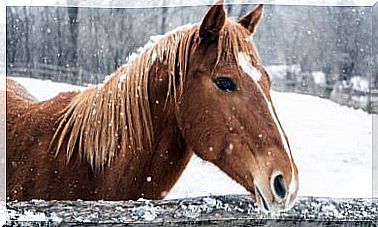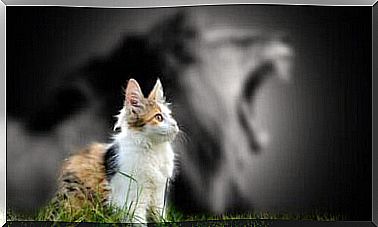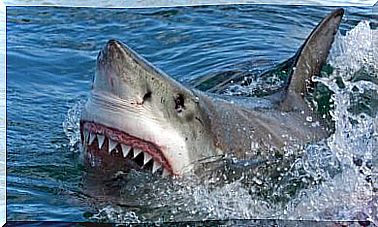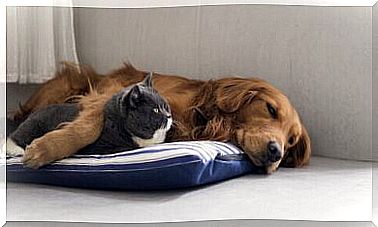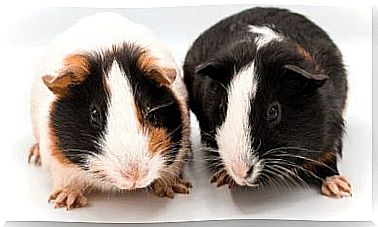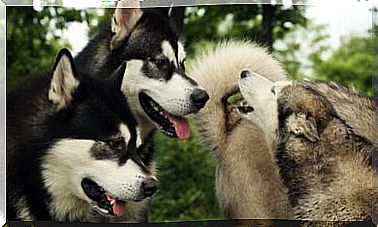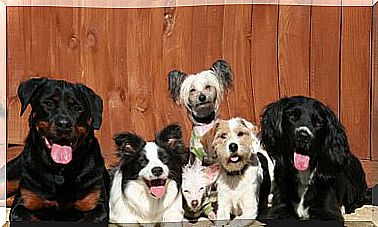Does My Dog see Like Me?
We have heard many times that our dog sees in black and white. Not quite. The truth is, dogs see less color than humans and see much more than we do in the dark.
The vision of dogs is different from ours, more specialized and adapted to low light. They have lower visual acuity than ours and perceive less color. Their vision is suited to the environment they live in and the needs of their species.
A dog sees better in the dark
Canines, dogs and wolves in general have a greater ability than people to see in the dark. This vision allows them to carry out night hunting more effectively.
The s cats still have a superior night vision of the dogs. His abilities for hunting in the dark are great and well known. The image of a cat jumping from roof to roof at night is typical. This would only be possible to do with the high degree of vision they enjoy in low light environments.
Colors that our dog sees
The color range of dogs is smaller than that of people. Color vision is less important for a dog to survive in its environment.
Humans have three types of color receptors in their eyes, each specialized in picking up the three fundamental or primary colors (red, yellow, and blue). Combining them all allows the construction of the full chromatic scale.
It is true that dogs do not only see in black and white, but distinguish less colors than people. Dogs’ eyes have only two types of visual receptors, so they cannot generate the full range of shades that humans have.
Our friend will distinguish blues from reds or blues from greens, but cannot, for example, differentiate between greens and reds. As an example, while people see a green herb, our pet will appreciate it in a yellow hue.
The vision of dogs can be compared to that of a colorblind person, who cannot distinguish between reds and greens. It is curious to note that if we buy a red ball and throw it to our dog in the green grass, it will not be easy for him to find it, as he sees the ball and grass the same color. However, they have good night vision, which their ancestors took advantage of hunting at any time of night.
The dog has a wide field of vision
As far as their field of vision is concerned, this is also much better than humans as they can cover up to 250 degrees around you while we only get to 180. The position of the eyes in the head determines the degree of peripheral vision, as well as the amount of visual field that can be seen simultaneously with both eyes, which is called binocular vision, needed to make correct distance measurements.
Visual evolution and modifications
The eyes of cats and dogs evolved with adaptive modifications typical of night hunters. They have a special structure under the retina called “tapetum lucidum”, which works like a mirror shape, like a reflective coating that enhances vision in low-light conditions. This structure is responsible for the “bright eyes” effect that is observed when many animals see the lights of a car or the flash of a camera.
Among dogs and cats, the structure or part of the eye that has the greatest optical power is the cornea. The crystalline element is not as important as it is in human beings. Therefore, in cataract extraction surgery, dogs and cats do not need an artificial intraocular lens. They can continue to see properly without the help of one of these lenses.
It is also true that in dogs and cats the ear and smell are highly enhanced and can integrate perfectly into an environment that is familiar to them, that they know well, even if they have a significant visual deficit. That is, they will make up for that lack of vision with your other senses.
